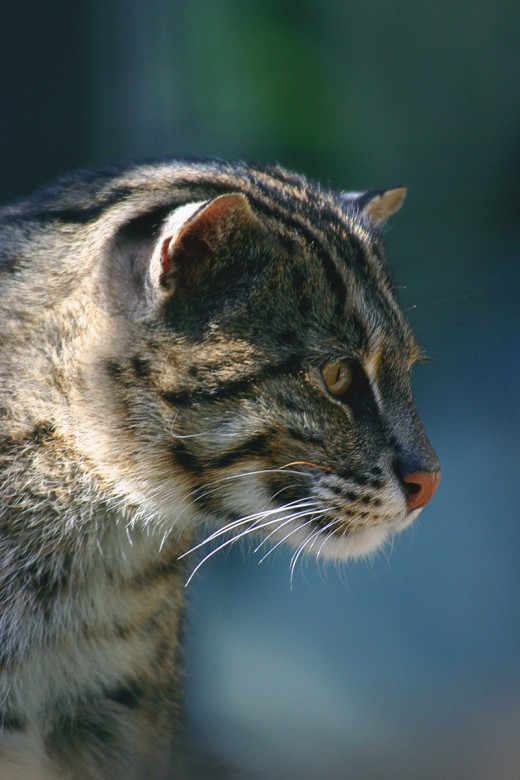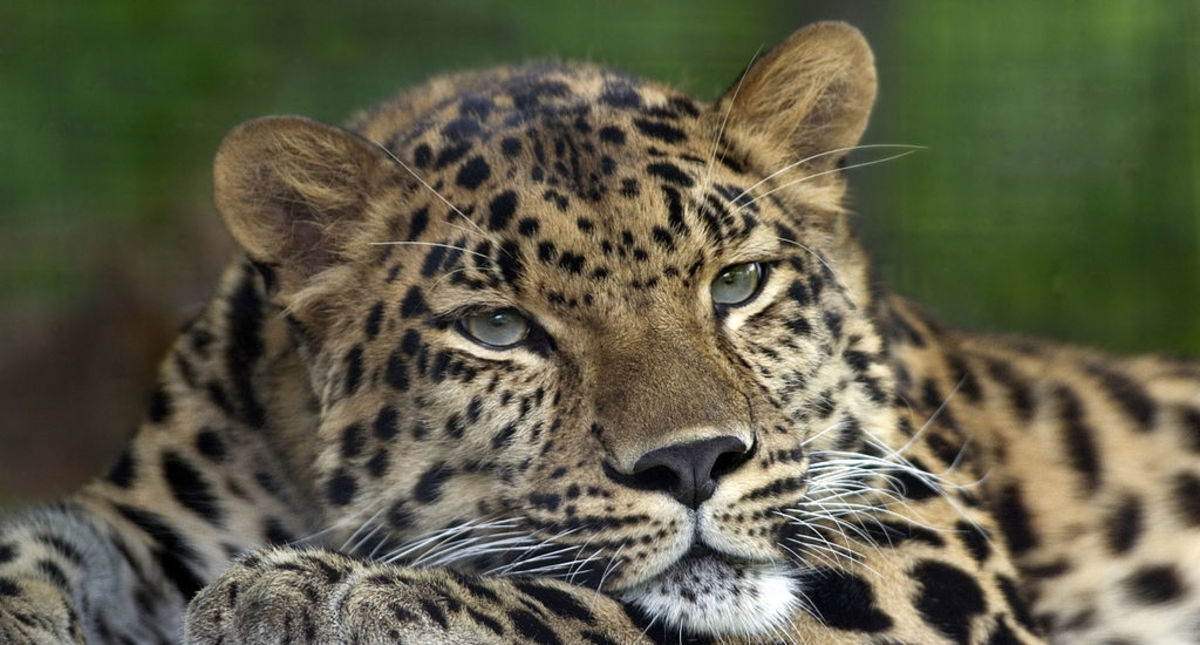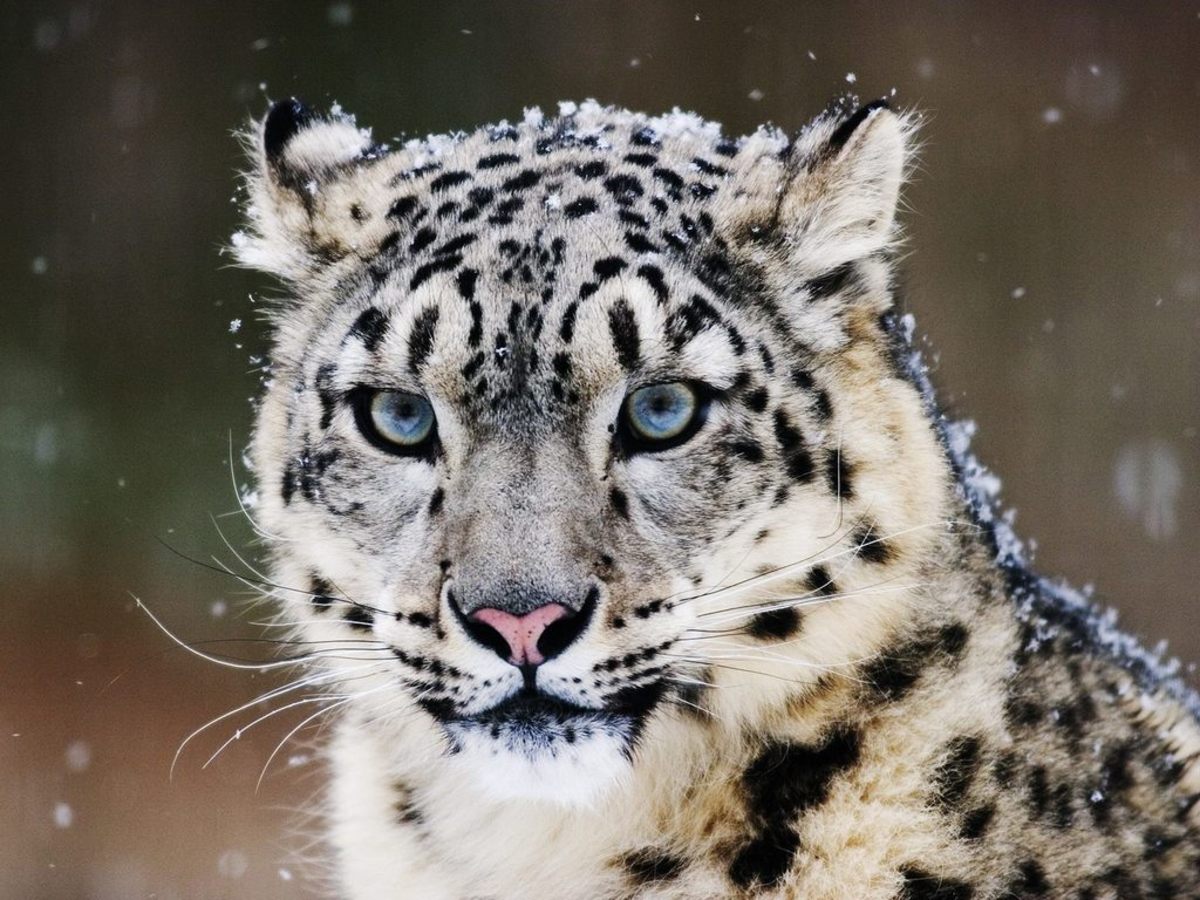New Leopard Species Discovered on Borneo and Sumatra Islands
Photo of Leopard

Bornean Clouded Leopards
Scientists have discovered a new big cat species on the southeastern Asian islands of Borneo and Sumatra. The announcement was made by WWF (World Wildlife Fund), a worldwide conservation organization. The common name of the new feline species is "Bornean clouded leopard". Its scientific name is "Neofelis Diardi".
Although its name is almost the same as the clouded leopards in mainland Asia, scientists say that genetic and DNA tests show that there are many differences. Tests conducted by the U.S. National Cancer Institute show at least forty DNA differences between the two species. It would be like comparing eagles to sparrows. Until the tests were made however, it was thought that the clouded leopards from both mainland Asia and the islands were the same species. Scientists say that the two leopard cat species probably deviated from one another more than a million years ago.
Not only are the genetics different, but researchers say that the cats' appearances also differ. The patterns on the fur are different, as are the colors of their skin. The Bornean clouded leopard species is a darker grayish color, has smaller spots or 'clouds', and has a double stripe. The mainland clouded leopards are lighter colored with fur that is more brown, and their 'clouds' are larger.
There are an estimated 8,000 - 18,000 Bornean clouded leopards currently in existence. The big cats average fifty pounds in weight. They are Borneo's largest predator. It preys upon wild deer, pigs, and monkeys.
In proportion to its body weight, Bornean clouded leopards have the longest canine teeth than any other cat. The teeth can be up to two inches long in a grown cat. This is the same as a tiger, but a tiger is ten times larger than a clouded leopard. Because of these canine teeth, it is being called a modern day sabre tooth tiger.
The Bornean clouded leopards live in the mountains of a rainforest. The area is called the Heart of Borneo. Clouded leopards in other areas of Asia live mostly in trees. However, Bornean clouded leopards spend most of their time on the ground, even though they are well-suited to live amongst the trees.
Scientists are also discovering many other new species of trees, plants, fish, and animals on the two islands. More than fifty new species have been discovered in the last year. The area's diverse lifeforms are being threatened by logging and rubber industries.
Because of the destruction of habitats, the Bornean clouded leopard has been placed in the Vulnerable classification by the IUCN (The World Conservation Union). The Bornean governments have vowed to conserve the Heart of Borneo by signing an historic Declaration document.








